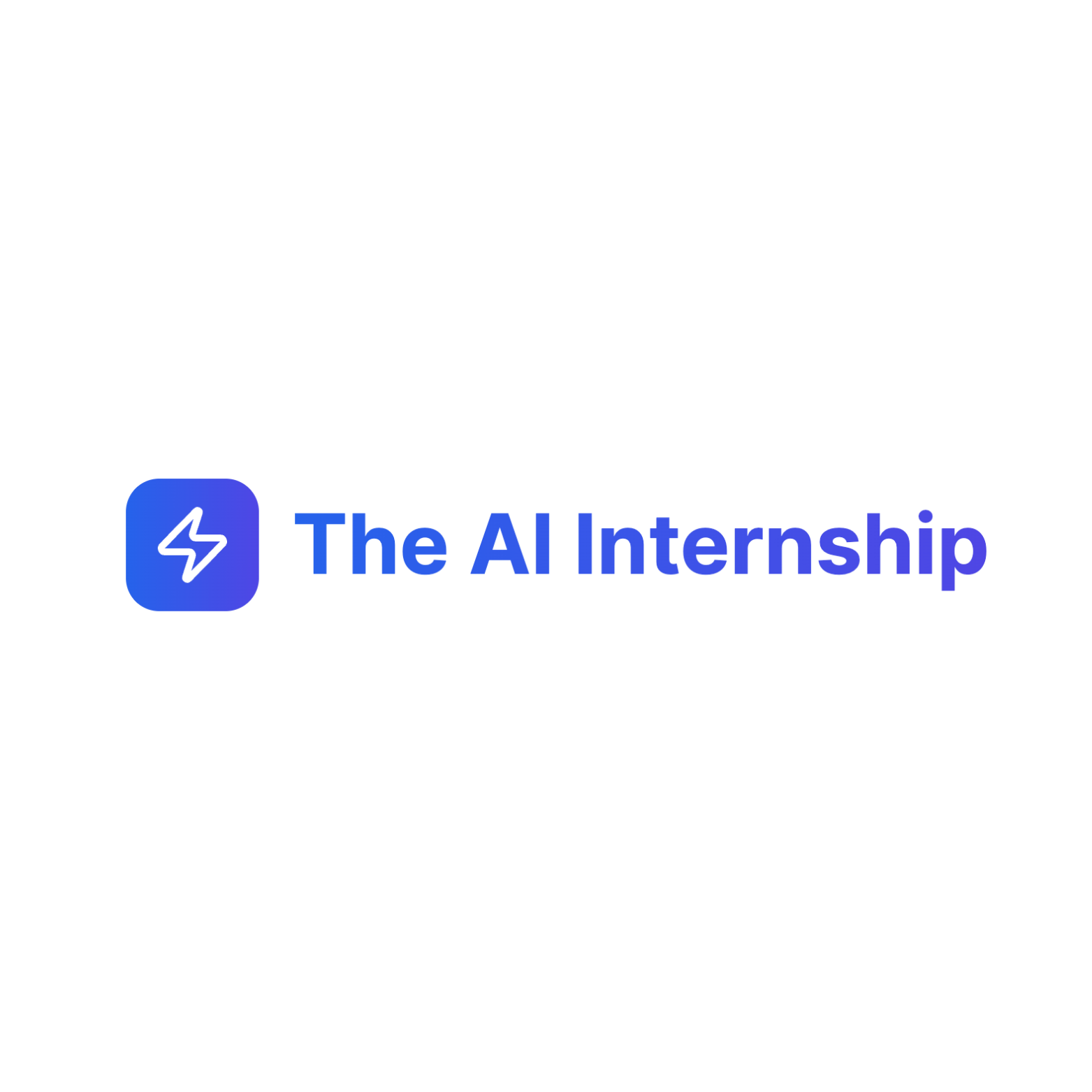Deep Learning Mastery Guide: From Neural Networks to Transformers
Master deep learning from fundamentals to advanced architectures. Complete guide covering neural networks, CNNs, RNNs, and modern transformer models with practical implementations.
Key Takeaways
- Comprehensive strategies proven to work at top companies
- Actionable tips you can implement immediately
- Expert insights from industry professionals
🧠 Master Deep Learning
From neural networks to cutting-edge transformer architectures
Deep learning has revolutionized AI, powering everything from ChatGPT to self-driving cars. This comprehensive guide will take you from understanding basic neural networks to implementing state-of-the-art transformer models.
🎯 What You'll Master
- Neural network fundamentals and mathematics
- Convolutional Neural Networks (CNNs) for computer vision
- Recurrent Neural Networks (RNNs) for sequences
- Transformer architecture and attention mechanisms
- Modern deep learning frameworks (PyTorch, TensorFlow)
Neural Networks: The Foundation
Neural networks are inspired by how the human brain works, using interconnected nodes (neurons) to process information. Let's understand the key concepts:
How Neural Networks Work
1. Input Layer
Receives raw data
2. Hidden Layer(s)
Learns patterns
3. Output Layer
Makes predictions
Key Components Explained
⚡ Activation Functions
- ReLU: Most common, solves vanishing gradient
- Sigmoid: Outputs 0-1, good for binary classification
- Tanh: Outputs -1 to 1, zero-centered
- Softmax: Multi-class classification
🎯 Loss Functions
- MSE: Mean Squared Error for regression
- Cross-entropy: Classification tasks
- Binary cross-entropy: Binary classification
- Huber loss: Robust to outliers
Convolutional Neural Networks (CNNs)
CNNs are specifically designed for processing grid-like data such as images. They use convolutional layers to detect local features like edges, textures, and shapes.
🎨 CNN Architecture Components
Convolutional Layer
Applies filters to detect features
Pooling Layer
Reduces spatial dimensions
Fully Connected
Final classification layer
Popular CNN Architectures
LeNet-5 (1998)
First successful CNN
AlexNet (2012)
ImageNet breakthrough
ResNet (2015)
Skip connections
EfficientNet (2019)
Optimal scaling
Recurrent Neural Networks (RNNs)
RNNs are designed to work with sequential data by maintaining a hidden state that captures information from previous time steps.
🔄 RNN Variants
Vanilla RNN
Basic recurrent unit
LSTM
Long Short-Term Memory
GRU
Gated Recurrent Unit
Common RNN Applications
- 🗣️ Natural Language Processing: Language translation, sentiment analysis, chatbots
- 📈 Time Series Prediction: Stock prices, weather forecasting, sales prediction
- 🎵 Speech Recognition: Voice assistants, transcription services
- 🎮 Game AI: Strategy games, procedural content generation
Transformers: The Modern Revolution
Transformers have revolutionized AI, powering models like GPT, BERT, and modern language models. They use attention mechanisms to process sequences in parallel.
🎯 Key Transformer Innovations
Self-Attention
Allows model to focus on relevant parts of input
Parallel Processing
Much faster training than RNNs
Positional Encoding
Understands sequence order without recurrence
Multi-Head Attention
Captures different types of relationships
Famous Transformer Models
GPT Series
Generative Pre-trained Transformers
BERT
Bidirectional Encoder Representations
T5
Text-to-Text Transfer Transformer
Deep Learning Frameworks
Modern deep learning relies on powerful frameworks that handle the complex mathematics behind the scenes:
🔥 PyTorch
- Dynamic graphs: More intuitive debugging
- Pythonic: Feels like regular Python
- Research favorite: Preferred by researchers
- Strong ecosystem: torchvision, torchtext
🧠 TensorFlow
- Production ready: Excellent deployment tools
- TensorBoard: Great visualization tools
- Keras integration: High-level API
- Mobile/web: TensorFlow Lite, TensorFlow.js
Deep Learning Best Practices
⚡ Training Tips
Data Preparation
- Normalize/standardize inputs
- Data augmentation for robustness
- Proper train/validation/test splits
- Handle class imbalance
Model Training
- Start with simple architectures
- Use appropriate learning rates
- Monitor training/validation loss
- Early stopping to prevent overfitting
Frequently Asked Questions
❓ Deep Learning FAQs
Q: How much computing power do I need for deep learning?
A: For learning, a decent GPU (GTX 1060 or better) is sufficient. For serious projects, consider cloud platforms like Google Colab, AWS, or Azure. Modern GPUs with 8GB+ VRAM are ideal.
Q: Should I learn PyTorch or TensorFlow?
A: Start with PyTorch for its intuitive approach and strong research community. Learn TensorFlow if you're focused on production deployment. Many concepts transfer between frameworks.
Q: How do I debug neural networks that aren't learning?
A: Common issues include: learning rate too high/low, improper data preprocessing, vanishing/exploding gradients, or insufficient model capacity. Start simple and gradually increase complexity.
Q: What's the difference between deep learning and machine learning?
A: Deep learning is a subset of machine learning that uses neural networks with many layers. It can automatically learn features from raw data, while traditional ML often requires manual feature engineering.
🚀 Ready to Build Advanced AI Systems?
Master deep learning through hands-on projects, work with cutting-edge models, and build AI systems that solve real-world problems.
The AI Internship Team
Expert team of AI professionals and career advisors with experience at top tech companies. We've helped 500+ students land internships at Google, Meta, OpenAI, and other leading AI companies.
Ready to Launch Your AI Career?
Join our comprehensive program and get personalized guidance from industry experts who've been where you want to go.
Table of Contents
Share Article
Get Weekly AI Career Tips
Join 5,000+ professionals getting actionable career advice in their inbox.
No spam. Unsubscribe anytime.
